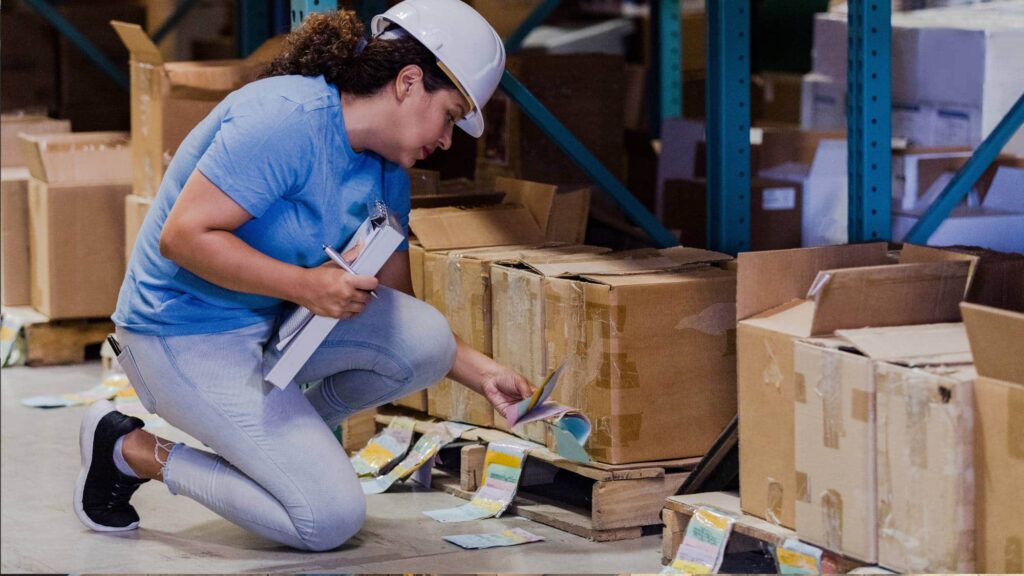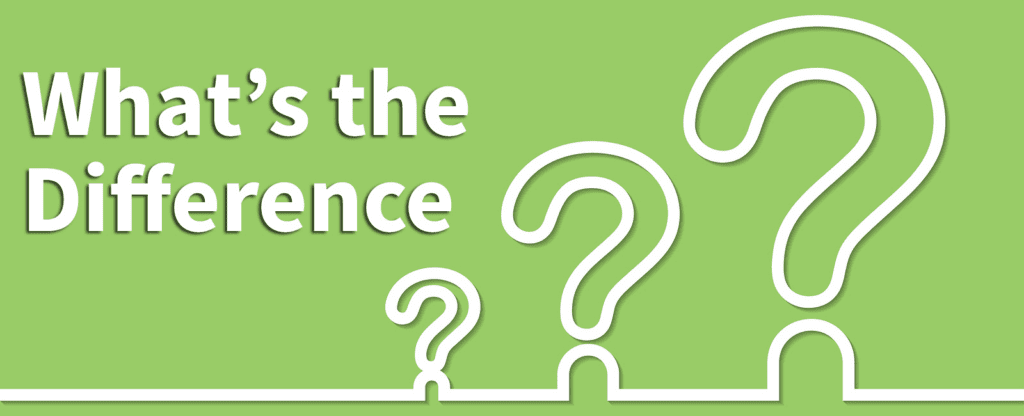
In the intricate realm of e-commerce and order processing, understanding the distinctions between “Fulfillment Statuses” and “Order Statuses” is essential for businesses seeking to streamline operations and enhance customer experiences. While these terms are interconnected, each encapsulates different facets of the comprehensive order fulfillment process. In our exploration, we delve into the nuanced roles these statuses play in managing logistics, tracking customer orders, and ensuring a seamless transaction journey.
What does a fulfillment status mean?

A fulfillment status refers to the current stage or status of the order fulfillment process for a particular customer order. It provides information about the progress of the order from the moment it is placed to its final delivery to the customer. The fulfillment status typically goes through several stages, each representing a different step in the order fulfillment workflow.
What Does Order Status Mean?

The order status refers to the current stage or condition of a customer’s order within the processing and fulfillment workflow. It provides information about the progress of the order from the time it is placed to its completion and delivery to the customer.
Differences Between Fulfillment Statuses and Order Statuses

are related concepts within the context of e-commerce and order processing, but they refer to different aspects of the overall order fulfillment process. Here are the key differences:
Scope of Representation:
- Fulfillment Statuses: specifically focus on the various stages within the fulfillment process after an order has been receive. They track the progress of picking, packing, shipping, and delivery of the products to the customer.
- Order Statuses: Order statuses encompass the broader lifecycle of an order, including its initial placement, confirmation, processing, and final disposition (such as delivery or cancellation). Order statuses may cover a range of activities beyond fulfillment, including payment processing and order confirmation.
Specificity of Actions:
- Fulfillment Statuses: These statuses are more granular and detail the specific actions taken during the fulfillment process. For example, they may include stages like “Picking,” “Packing,” “Shipped,” and “Delivered.”
- Order Statuses: Order statuses are often more general and may encompass a series of steps in the overall order lifecycle. Common order statuses include “Pending,” “Confirmed,” “Shipped,” and “Cancelled.”
Focus on Logistics vs. Overall Order Lifecycle:
- Fulfillment Statuses: Primarily focused on the logistical aspects of processing an order, including inventory management, picking, and shipping.
- Order Statuses: Encompass the entire lifecycle of an order, from the point of order placement through payment processing, and final disposition.
Customer Interaction:
- Fulfillment Statuses: These statuses are often more internally focuse within the operations of the business. While customers may receive notifications about certain fulfillment stages (like “Shipped” or “Out for Delivery”), the detailed fulfillment process is typically manage behind the scenes.
- Order Statuses: Customers are more likely to interact directly with order statuses as they represent the overall progress of their purchase, from confirmation to delivery or potential issues like cancellations.
Integration with Systems and Platforms:
- Fulfillment Statuses: Integrated into fulfillment systems and platforms to manage inventory, track order progress, and optimize logistics.
- Order Statuses: Integrated into order management systems and customer-facing platforms to provide visibility and updates to customers about the status of their orders.
In summary, while both them contribute to the overall order processing and customer experience, fulfillment statuses focus specifically on the logistical fulfillment stages, while order statuses cover the entire lifecycle of an order, including payment processing and order confirmation. Businesses often use both sets of statuses to efficiently manage their operations and keep customers informed about the status of their orders.